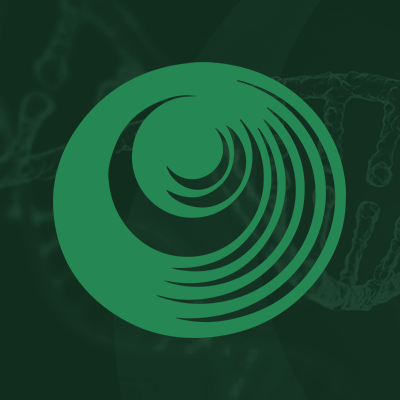Research Papers:
Significance of the E3 ubiquitin protein UBR5 as an oncogene and a prognostic biomarker in colorectal cancer
PDF | HTML | Supplementary Files | How to cite
Metrics: PDF 1653 views | HTML 4608 views | ?
Abstract
Zhongdong Xie1,2,*, Han Liang1,*, Jinmeng Wang1,3,*, Xiaowen Xu4, Yan Zhu5, Aizhen Guo6, Xian Shen2, Fuao Cao4 and Wenjun Chang1
1Department of Environmental Hygiene, Second Military Medical University, Shanghai, China
2Department of General Surgery, First Affiliated Hospital, Wenzhou Medical University, Zhejiang, China
3Department of Dermatology, Wenzhou Central Hospital, Zhejiang, China
4Department of Colorectal Surgery, Changhai Hospital, Second Military Medical University, Shanghai, China
5Department of Pathology, Changhai Hospital, Second Military Medical University, Shanghai, China
6Department of General Practice, Yangpu Hospital, Tongji University School of Medicine, Shanghai, China
*These authors have contributed equally to this work
Correspondence to:
Wenjun Chang, email: cwjcwj1976@smmu.edu.cn
Fuao Cao, email: caofuao@me.com
Xian Shen, email: 13968888872@163.com
Keywords: colorectal cancer; UBR5; immunohistochemistry; prognostic biomarker; ubiquitin-proteasome system
Received: August 25, 2017 Accepted: October 29, 2017 Published: November 20, 2017
ABSTRACT
The E3 ubiquitin protein UBR5 has been implicated in the regulation of multiple biological functions and has recently emerged as a key regulator of the ubiquitin-proteasome system (UPS) in cancer. However, the clinical significance and biological function of UBR5 in colorectal cancer (CRC) are poorly understood. In this study, we compared the expression pattern of UBR5 between CRC and adjacent normal tissues and found that UBR5 expression was frequently elevated in CRC, possibly through chromosomal gains. Using three CRC patient cohorts, we found that patients with high UBR5 mRNA levels, UBR5 gene amplification, or high nuclear UBR5 protein levels had poor prognoses. Multivariate analysis showed that the alterations in UBR5 were independent predictors of CRC prognosis with the TNM stage as a confounding factor. Furthermore, knockdown of UBR5 prevented the proliferation, colony formation, migration, and invasion of CRC cells in cell culture models. An in vivo animal model further confirmed that UBR5 knockdown reduced the growth of CRC tumors. In conclusion, our study is the first to systematically investigate the clinical and biological significance of UBR5 and to conclude that an elevated UBR5 level plays an oncogenic role and may be a potential prognostic marker in CRC.
 All site content, except where otherwise noted, is licensed under a Creative Commons Attribution 4.0 License.
All site content, except where otherwise noted, is licensed under a Creative Commons Attribution 4.0 License.
PII: 22531

